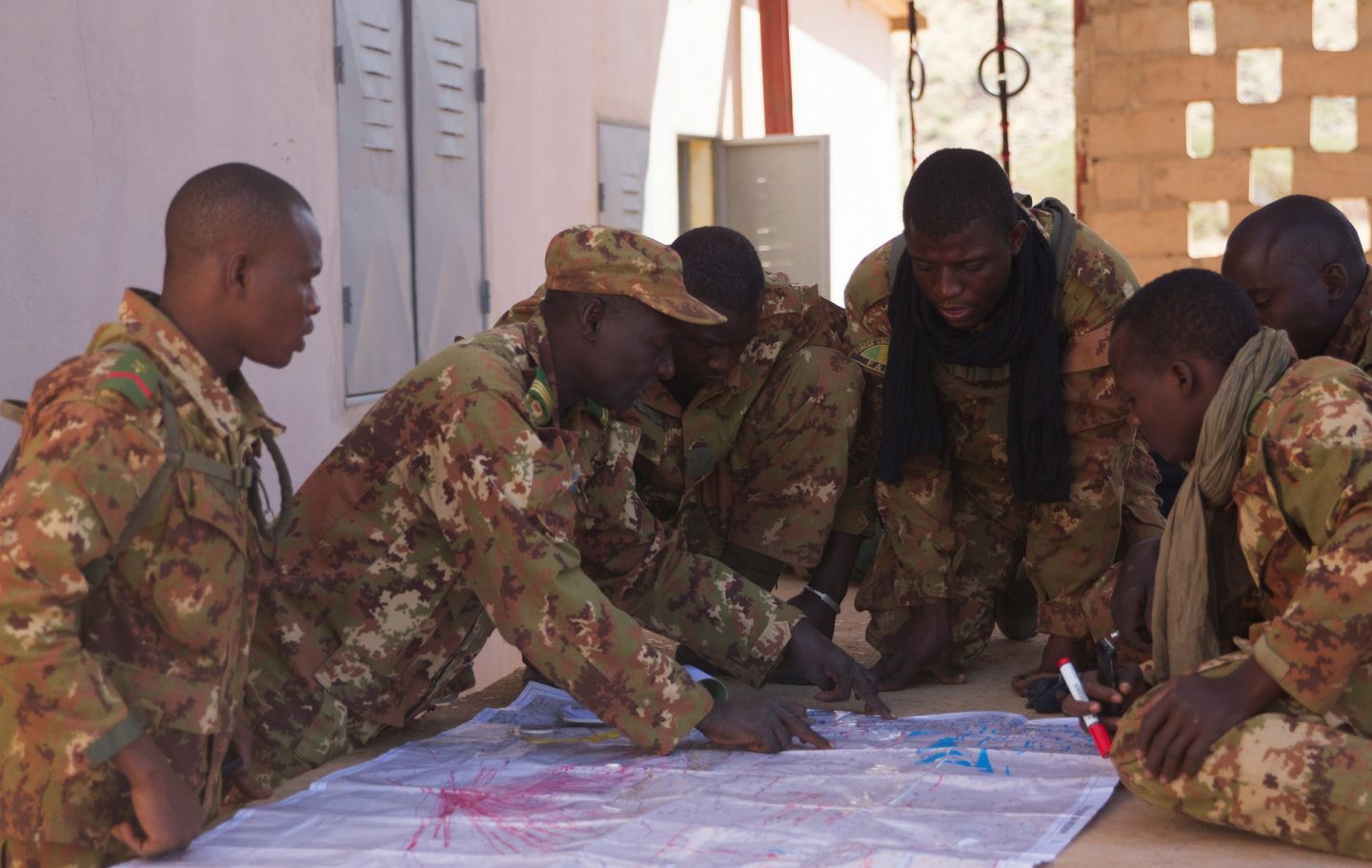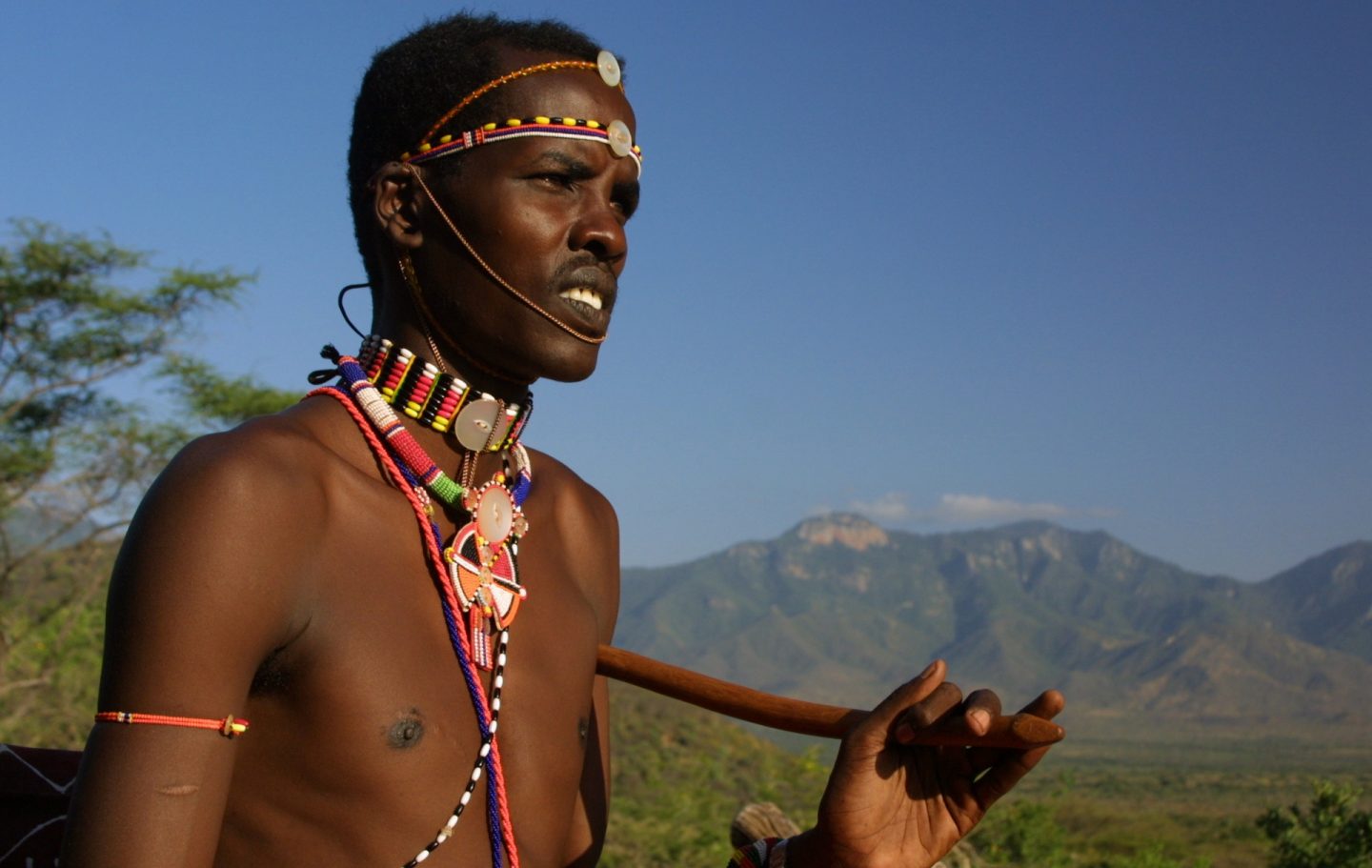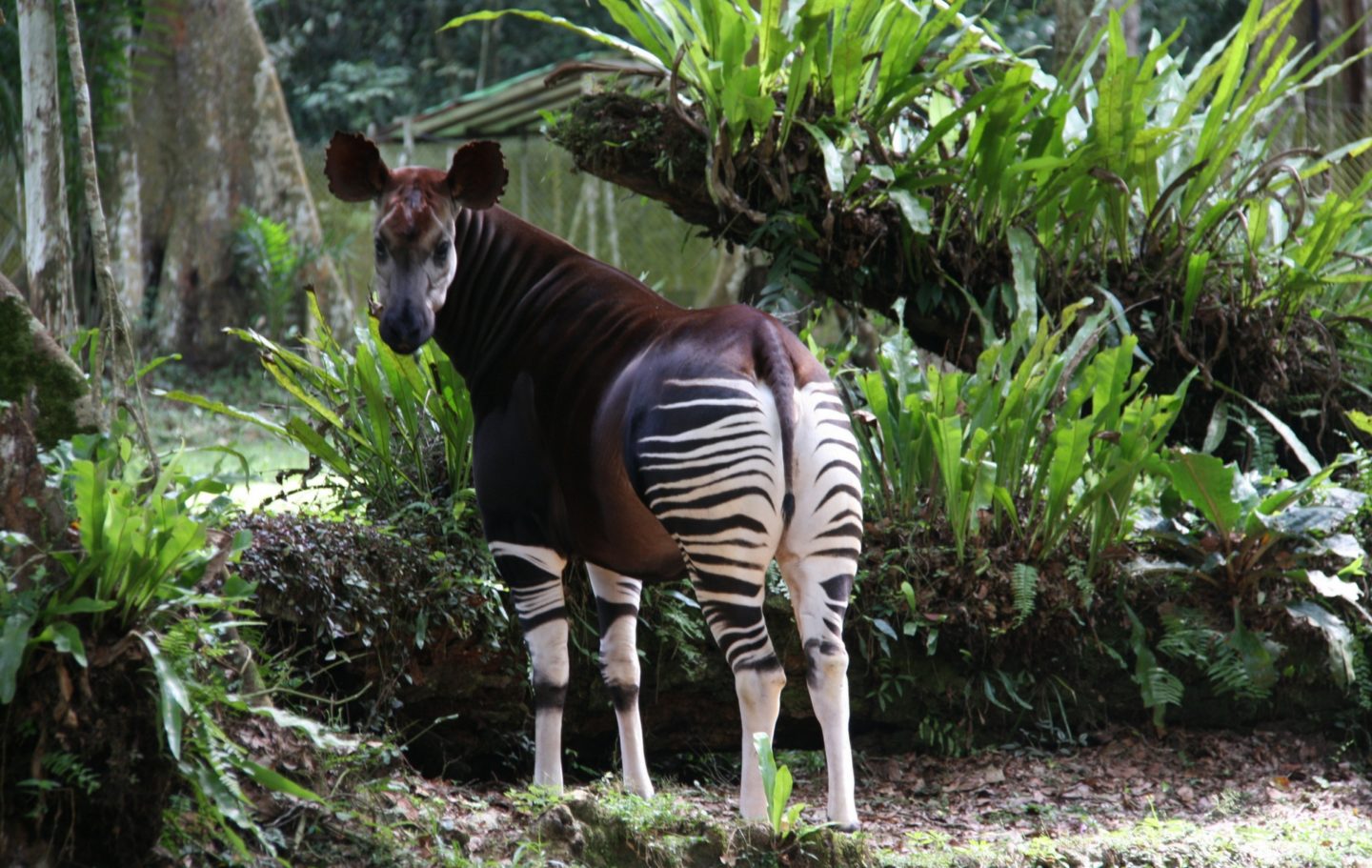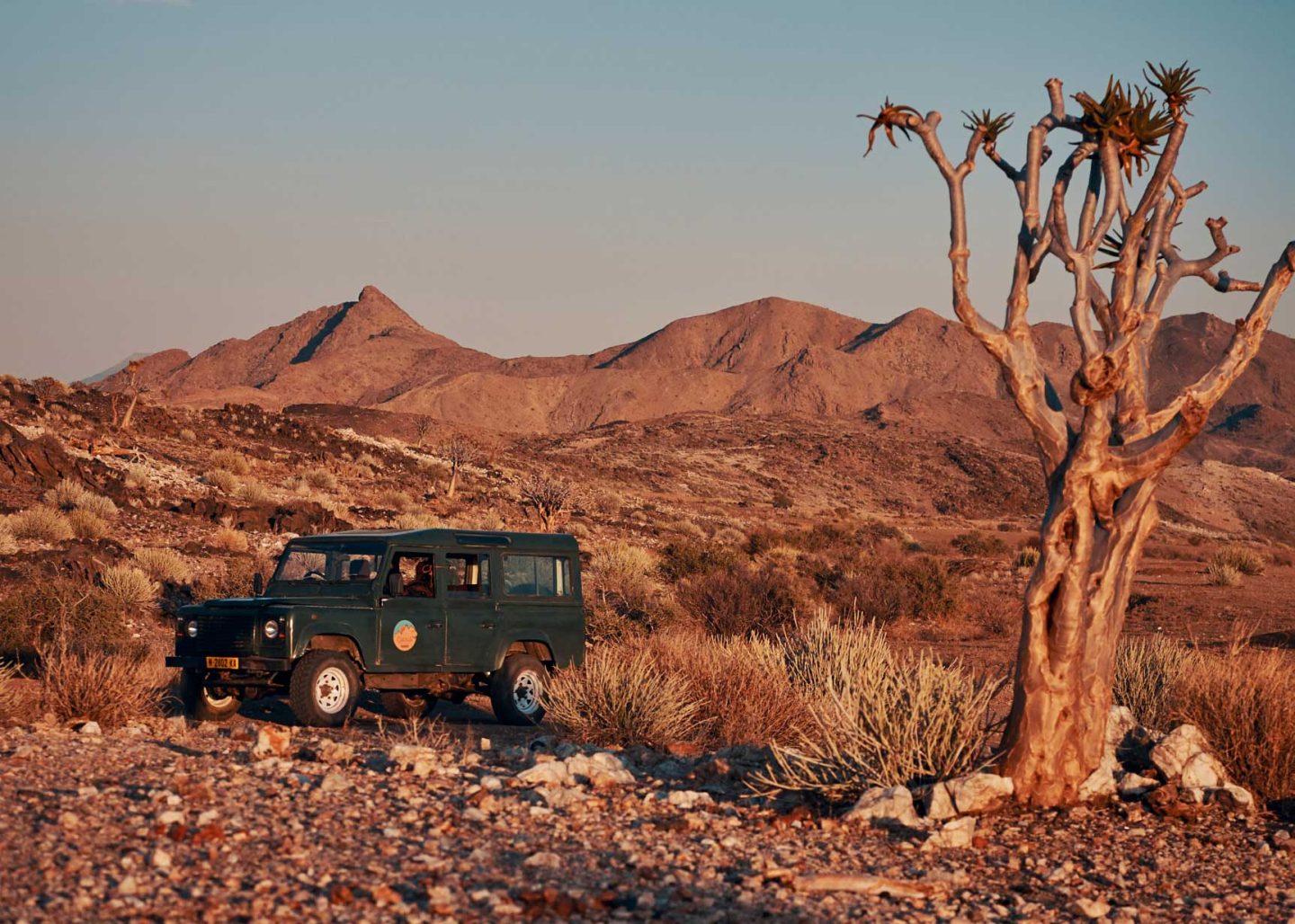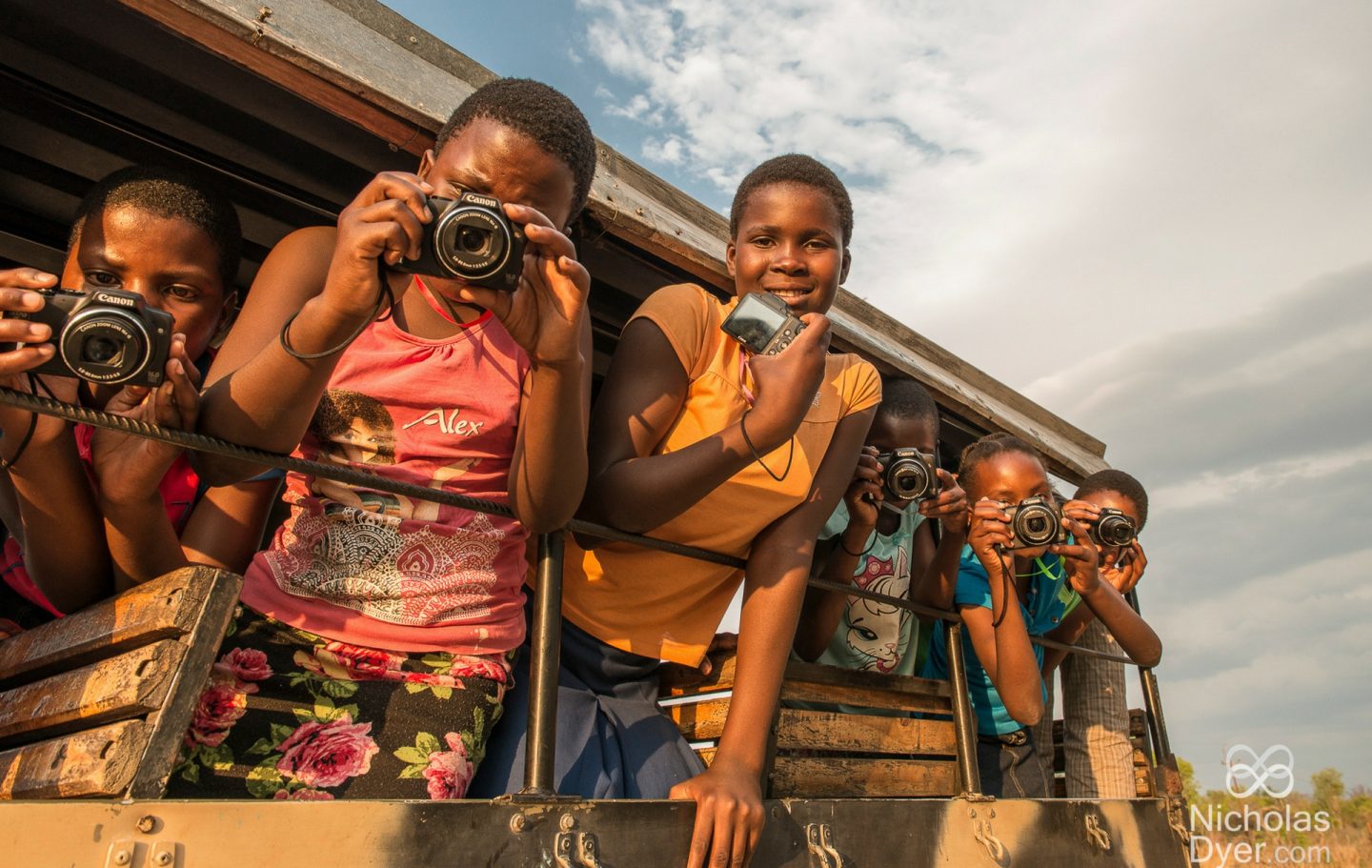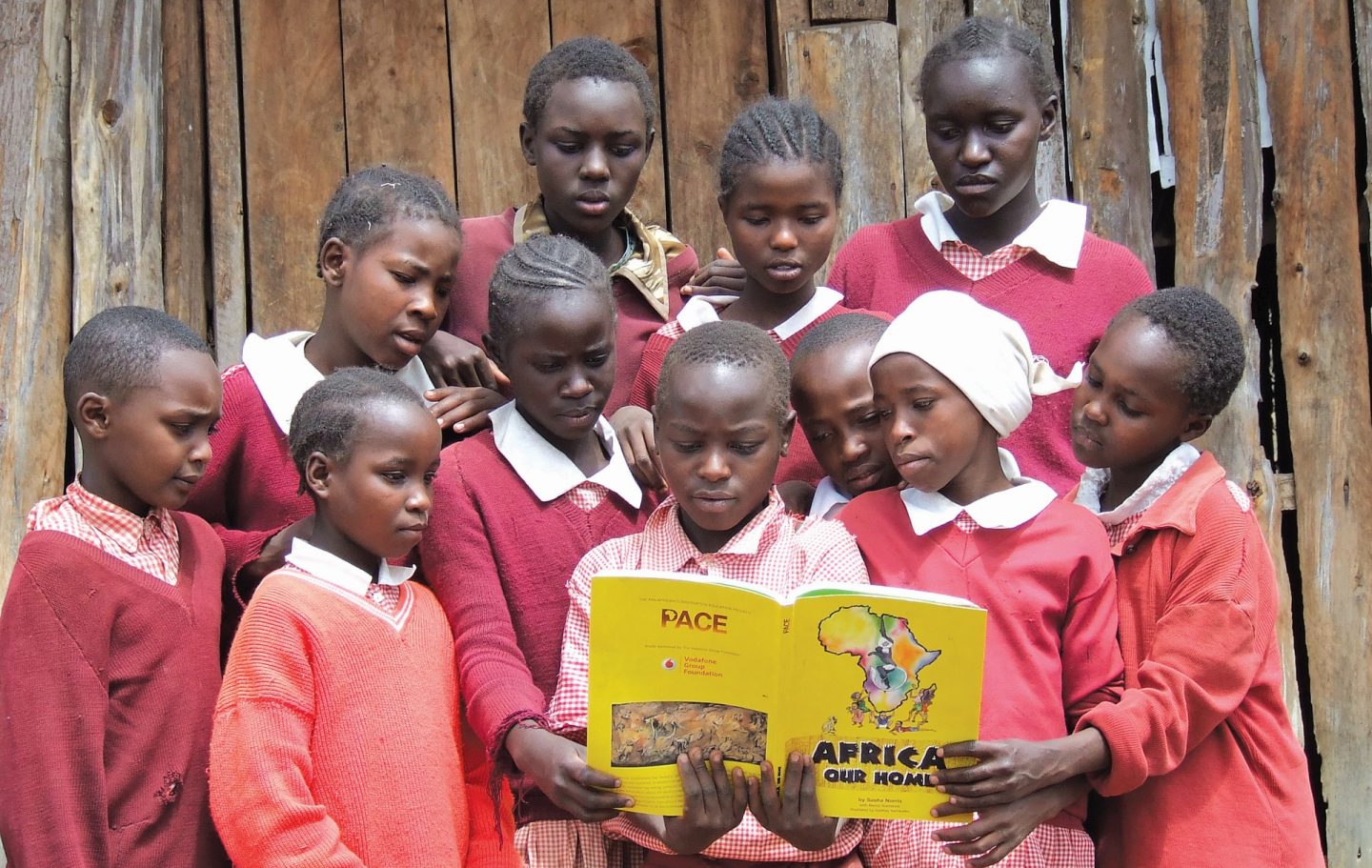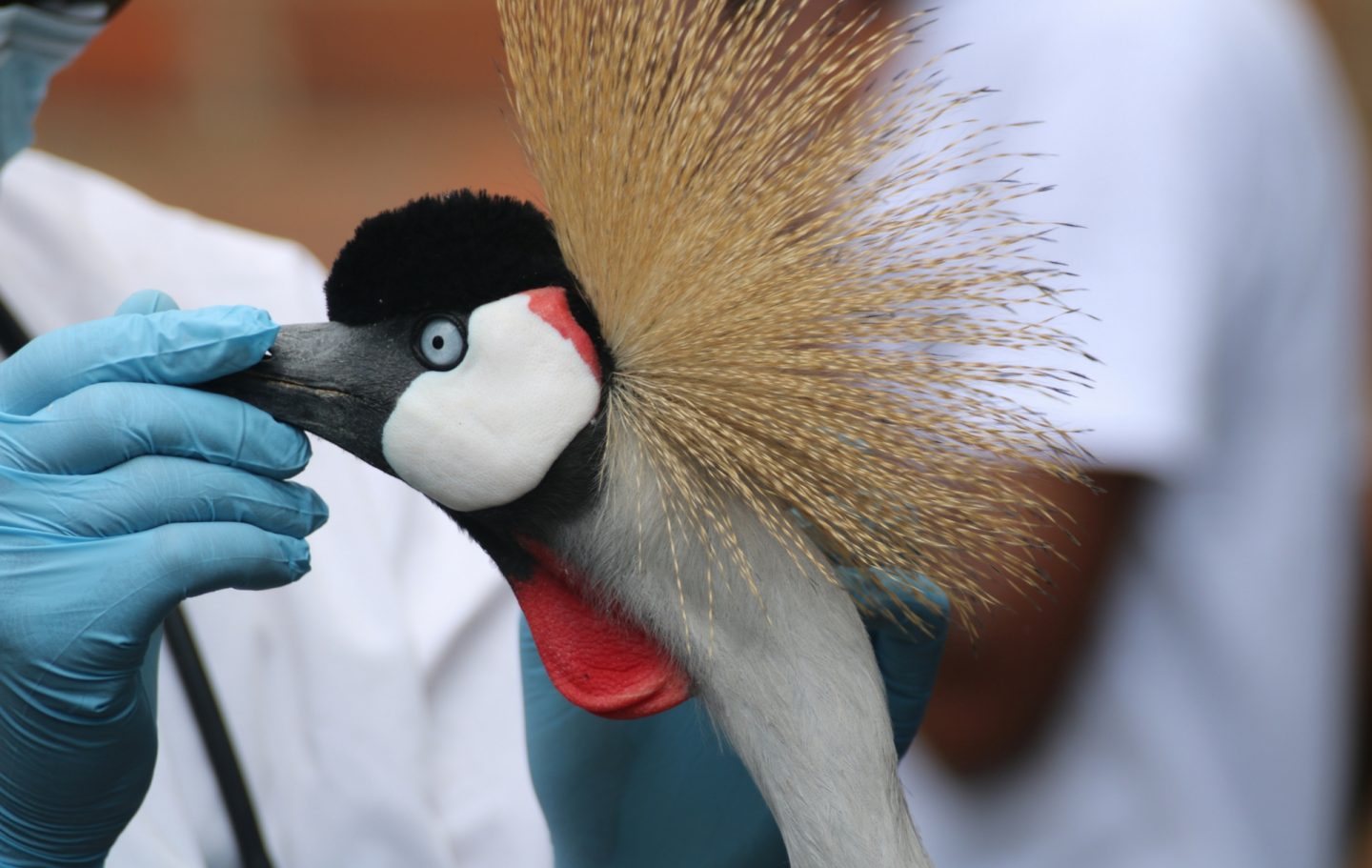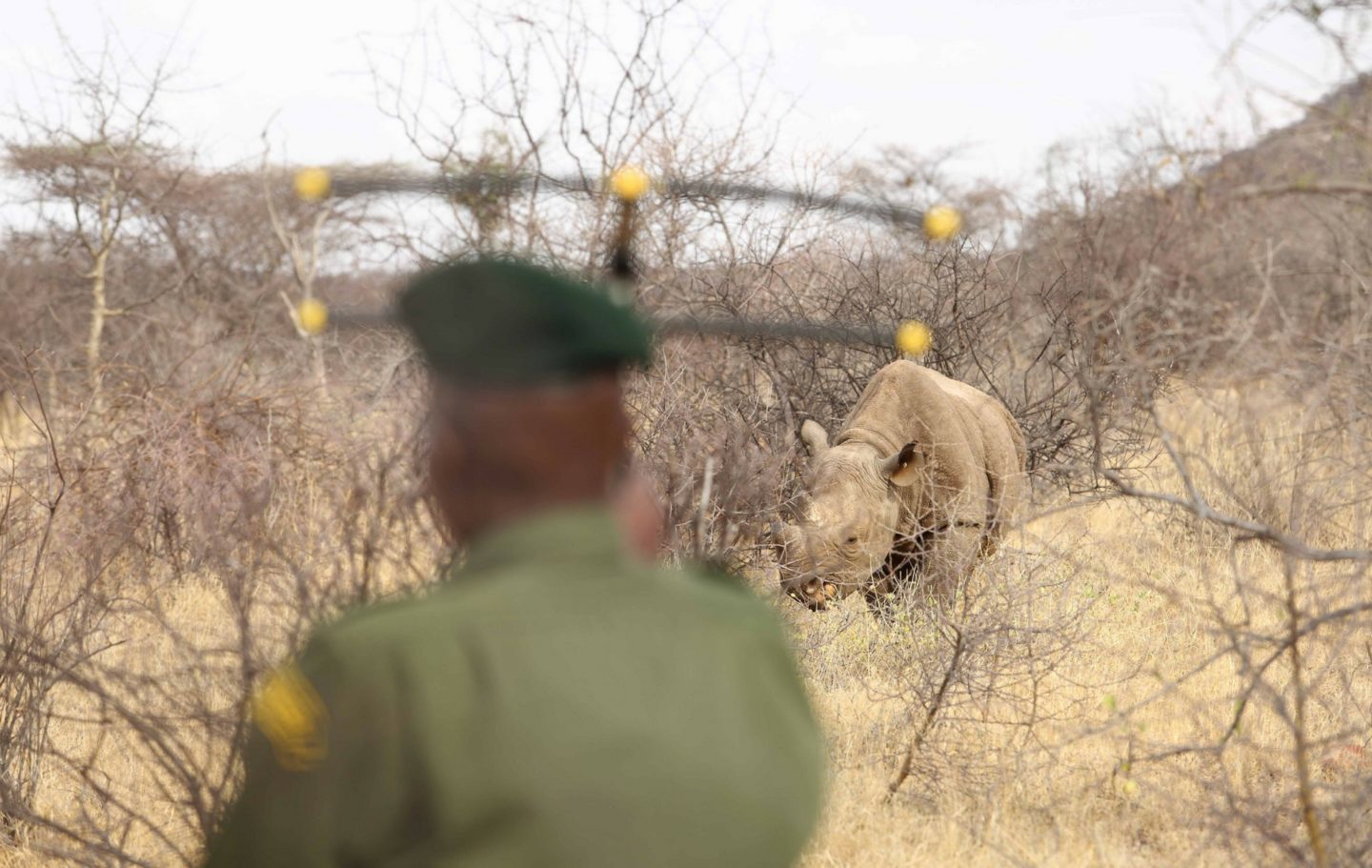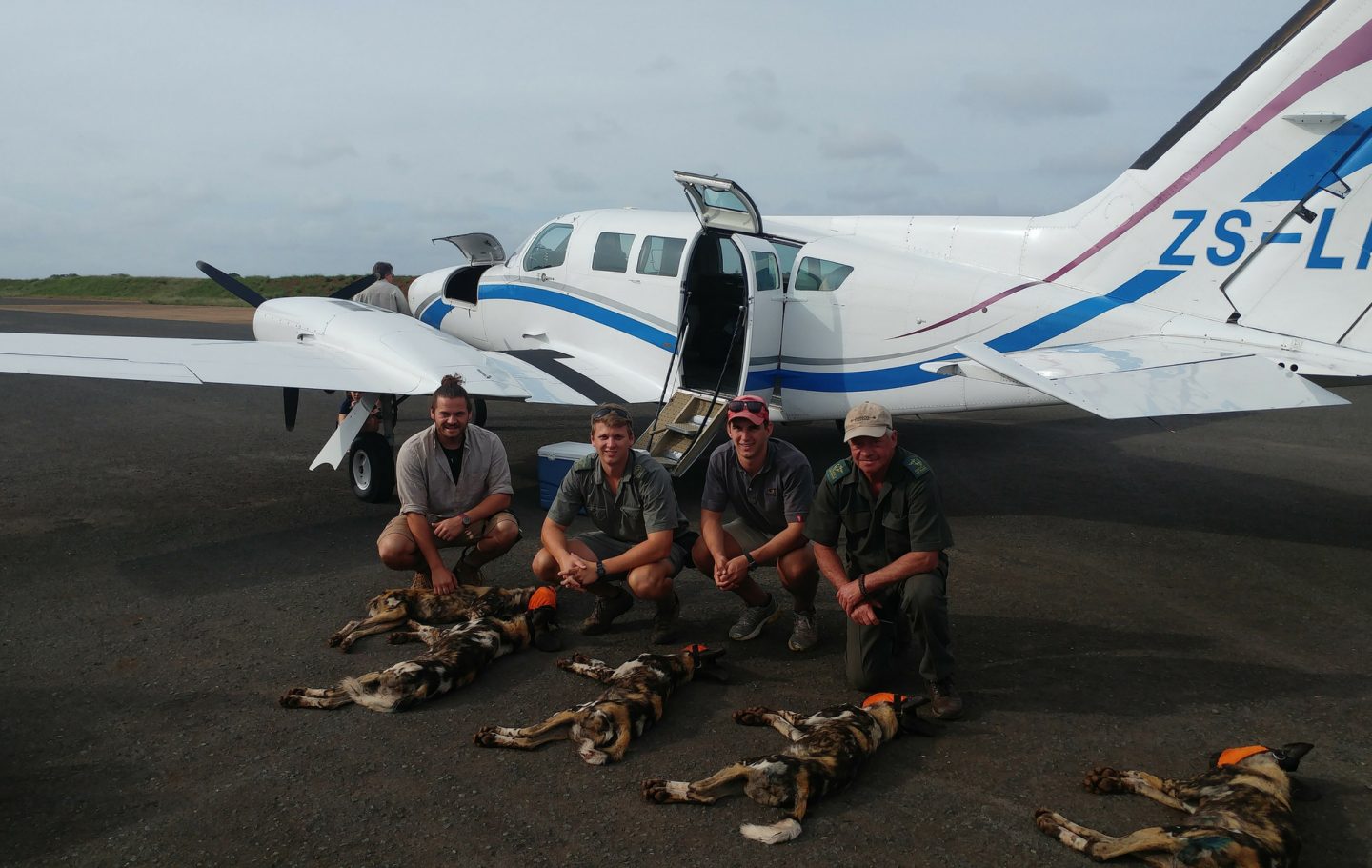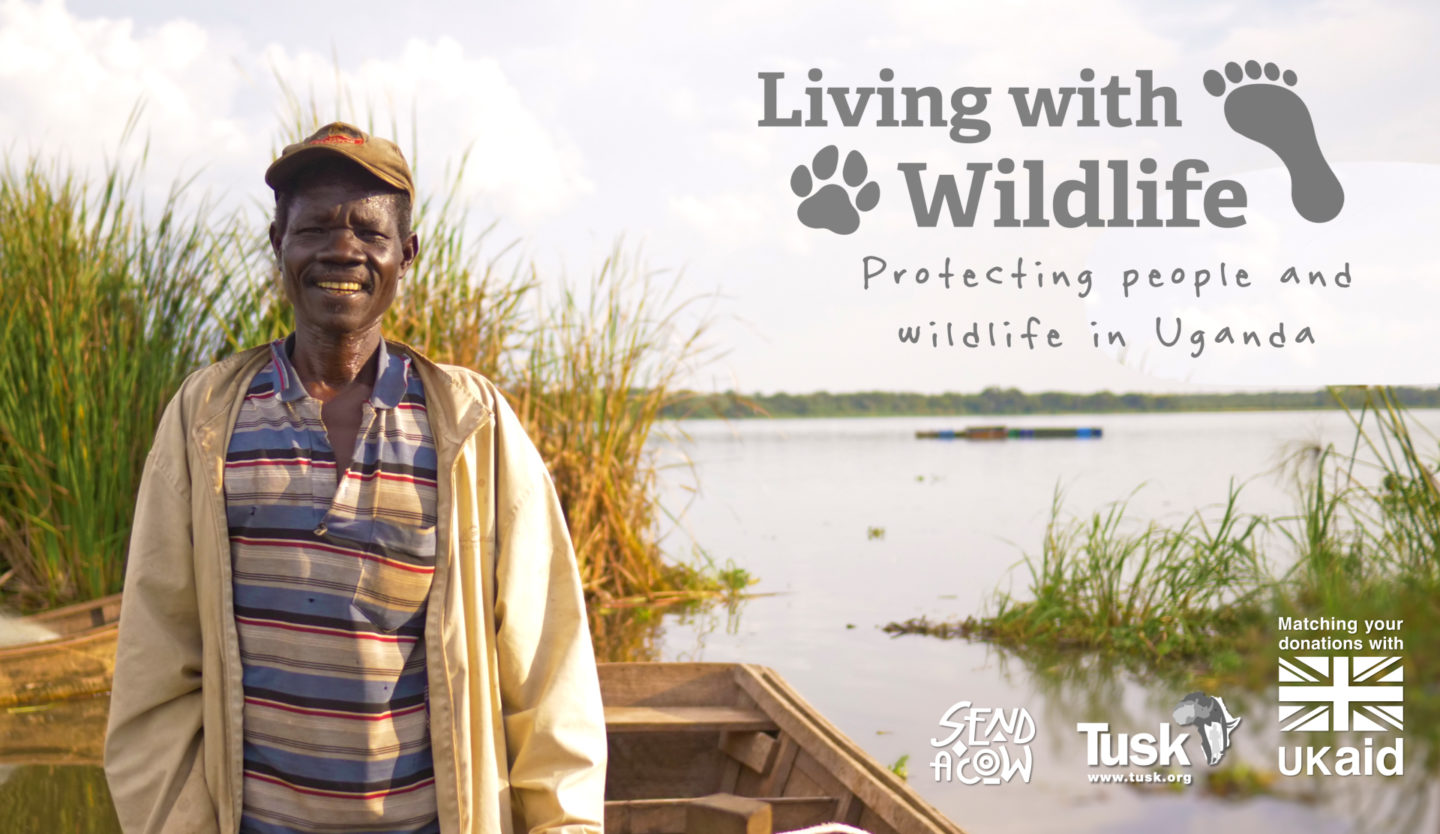
Living With Wildlife
The Living with Wildlife project is a partnership between Ripple Effect and Tusk to help protect the people and wildlife of Murchison Falls National Park in Uganda. It is supported by the UK government, which matched all public donations that were given to the Living with Wildlife Appeal in early 2020.
Uganda

